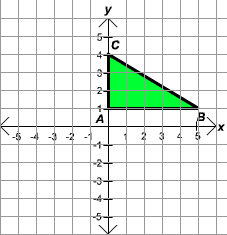Each theorem will be explained in detail in the following sections under this topic. Even though the theorems sound confusing, the concepts are easy to understand.
Locus Theorem 1:
The locus of points at a fixed distance, d, from point P is a circle with the given point P as its center and d as its radius.

Locus Theorem 2:
The locus of points at a fixed distance,d, from a line, l, is a pair of parallel lines d distance from l and on either side of l.

Locus Theorem 3:
The locus of points equidistant from two points, P and Q, is the perpendicular bisector of the line segment determined by the two points.

Locus Theorem 4:
The locus of points equidistant from two parallel lines, l1 and l2 , is a line parallel to both l1 and l2 and midway between them.

Locus Theorem 5:
The locus of points equidistant from two intersecting lines, l1 and l2, is a pair of bisectors that bisect the angles formed by l1and l2 .

Remember:
A locus is just a set of points.
You Now Know How To Find The Locus Of Points. Remember The Theorems, & Finding The Loci Of Points Will Be A Piece Of Cake ^.^
Source: Shnat's Notes & www.regentsprep.org/regents/math/geometry/GL1/What.htm















 Rotate the triangle 90 degrees.
Rotate the triangle 90 degrees.  ) that produces an image that is the
) that produces an image that is the 
